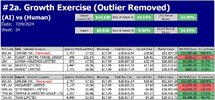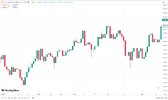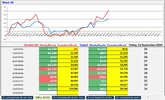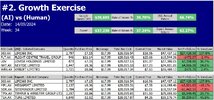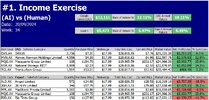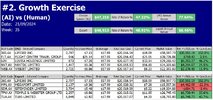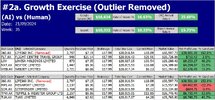- Joined
- 28 December 2013
- Posts
- 6,392
- Reactions
- 24,319
This cycle is uncanny, it has predicted the cycles over the last 200+ years - two years from now of the cycle before the bust!
Cycles and phases are common in trading, much like in other areas. Patterns and probabilities form the foundation of technical analysis, which helps us capture and make sense of these patterns. Your thoughts on this matter are intriguing and worth considering.
When thinking about the drivers, China comes to mind. President Xi Jinping’s recent statements reflect China’s desire to reshape the international order and assert itself as a formidable global player. This ambition is evident in China’s expanding military presence, with bases in strategic locations.
China’s strategic pursuit of power in our region has been ongoing for some time, and international re-ordering may be next. While predicting the future is challenging, a significant downturn within the next two years could be influenced by geopolitical tensions, among other factors.
Skate.




